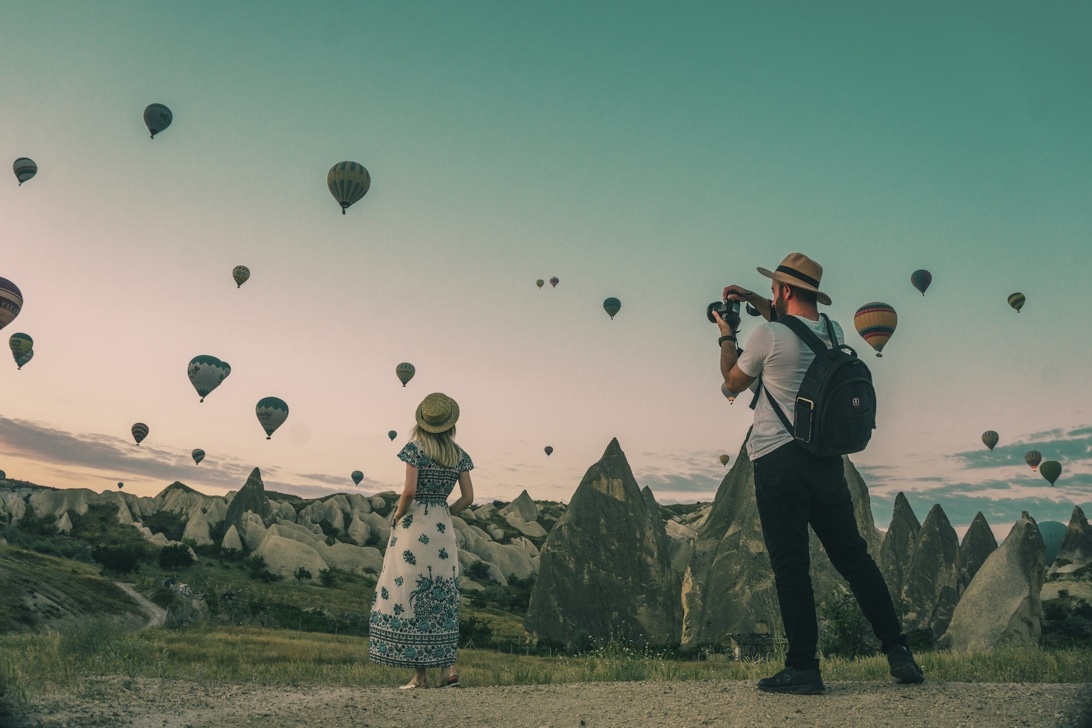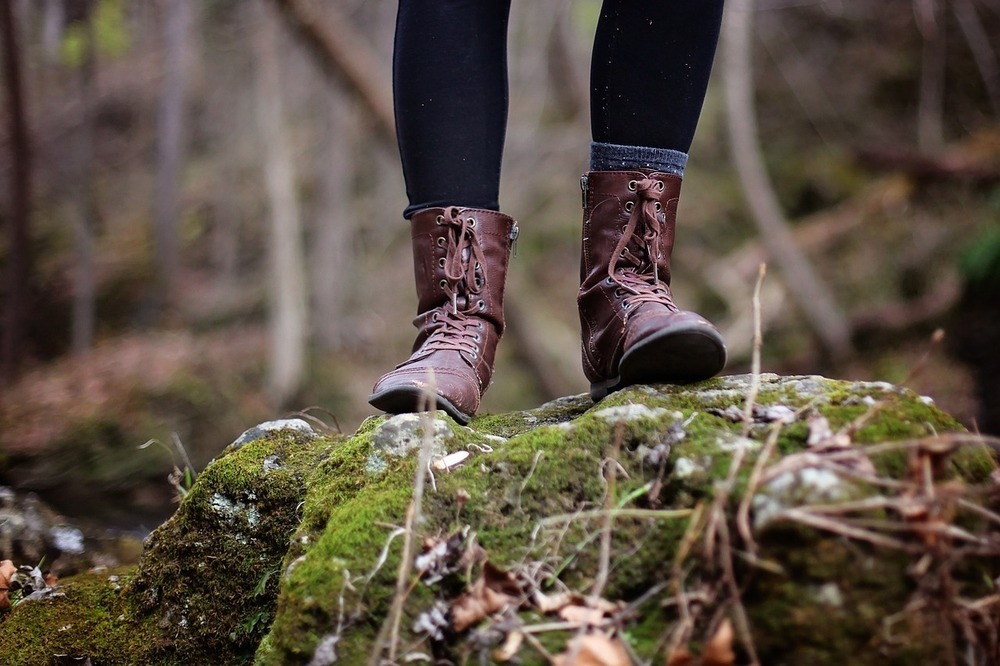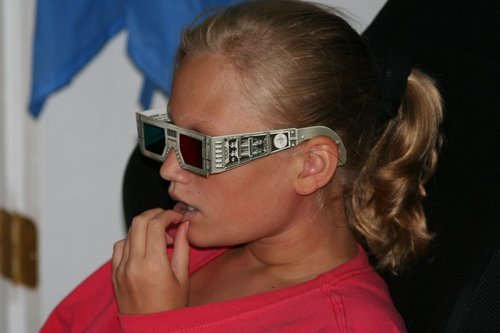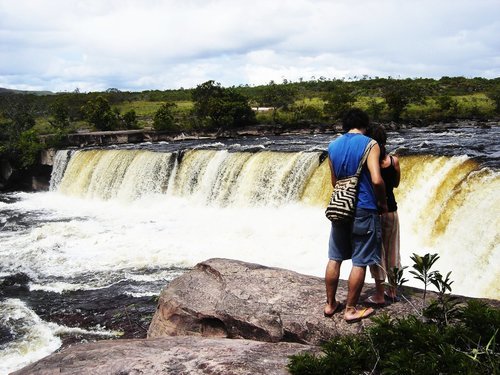How to Choose the Perfect Travel Pillow for Long Journeys
As someone who’s spent countless hours on planes, trains, and automobiles, I can tell you firsthand: trying to catch some sleep while sitting upright is a recipe for a stiff neck and a groggy arrival. That little U-shaped cushion you see everywhere? It’s just the tip of the iceberg. Finding the right travel pillow can genuinely transform your journey from an endurance test into a chance to recharge. It’s not just about avoiding that dreaded head-bob; it’s about arriving at your destination feeling rested and ready to explore. Let’s dive into how you can find the perfect travel companion for your neck.
Understanding travel pillows why they matter and what’s available
The importance of in-transit comfort
Why bother with another item to pack? Simply put, our bodies aren’t designed to sleep sitting up. When we doze off in a seat, gravity often pulls our head forward or sideways, straining neck muscles and potentially leading to pain and stiffness. As medical experts like Dr. Richard Lau from NYU Langone Health point out, maintaining a neutral neck position – keeping your head aligned with your spine – is key, even when resting. A good travel pillow provides the necessary support to achieve this, minimizing stress on your neck and back. It helps prevent the muscle strain that leads to waking up feeling worse than before you tried to sleep. Investing in a quality pillow means investing in arriving feeling better.
Decoding pillow types and materials
The world of travel pillows has expanded far beyond the basic beanbag design. Understanding the different shapes and fillings is crucial to finding your perfect match.
Exploring pillow shapes and their uses
- U-Shape: The classic. It wraps around the neck, offering basic side and back support. Many find it versatile, but ensure the back isn’t too thick, as this can push your head forward uncomfortably. Examples like the Cabeau Evolution S3 often feature memory foam and adjustable clasps.
- Wrap-around/Scarf-style: Think of the popular Trtl Pillow. These often look like a soft scarf but contain a hidden internal support structure. They excel at preventing your head from nodding forward and are typically very compact and lightweight.
- J-Shape: A less common but effective design, like the J-Pillow, offers support under the chin, behind the neck, and to one side. It’s designed to cradle your head and stop it from falling forward, often working best if you have something to lean against, like a window.
- Infinity/Twistable: Pillows like the Huzi Infinity Pillow or those from Dot & Dot offer ultimate versatility. You can twist, loop, and shape them in numerous ways to support your neck, chin, lumbar region, or even block out light.
- Full Coverage/Hooded: For maximum privacy and sensory deprivation, options like the Ostrichpillow Original or Pluto Pod 2.0 cover your entire head (or most of it), blocking light and muffling sound. They create a personal cocoon but are often bulkier.
- Hourglass/Rectangular: These resemble smaller versions of bed pillows (like the Hest Pro Travel Pillow) or have a distinct hourglass shape (like the AirComfy). They can be versatile for neck, back, or knee support, particularly useful for camping or if you prefer a more traditional pillow feel, though they might offer less specific neck support for upright sleeping.
- Body Slings: Some designs, like the Travelrest All-In-One, function as a sling across the body, offering support to lean against, especially useful for side sleepers or those in middle/aisle seats.
Filling materials and cover fabrics
The inside counts just as much as the outside:
- Memory Foam: A popular choice for its excellent contouring support and pressure relief. It molds to your shape, promoting good alignment. However, it can retain heat, so look for options with cooling gel infusions or breathable covers (often made of polyester, viscose, or rayon blends). Examples include Travelrest Nest Ultimate and many Cabeau models.
- Inflatable: The champion of packability. These pillows deflate to a tiny size, saving precious bag space. You can adjust the firmness by controlling the amount of air. The downside? They might feel less stable, could potentially leak, and some find the plastic feel less comfortable than foam or fiberfill. The AirComfy Ease is a well-regarded inflatable option.
- Microbeads/Polyfill/Fiberfill: These fillings offer a softer, more squishy feel. They are generally lightweight but may not provide as much firm support as memory foam and can compress or lose shape over time.
- Cover Fabrics: Pay attention to the cover material. Fleece (like on the Trtl) is soft and cozy but can be warm. Velour or microsuede feels plush. Cotton and polyester blends offer breathability. Choose something that feels comfortable against your skin and, ideally, is removable for washing.
Key considerations when choosing your pillow
Okay, you know the options, but how do you narrow it down? Choosing the perfect travel pillow involves balancing several factors based on your personal needs and travel habits. Think about how you typically travel and what comfort means to you.
Support and sleeping style
This is paramount. The goal is always to keep your neck and spine aligned neutrally. How you tend to sleep while sitting upright heavily influences the best pillow shape for you. As travel gear experts often advise, consider your natural leaning tendency:
- Backward Leaners: If you tend to tilt your head back, a C-shaped pillow works well, but ensure the back is relatively thin to avoid pushing your head forward. The sides should be substantial enough to prevent side-to-side tilting.
- Forward Leaners: If your head tends to fall forward, look for pillows offering strong chin support. Wrap-around styles (Trtl), J-shapes, or even some infinity pillows configured correctly can prevent that uncomfortable forward slump. Some people even use pillows designed to rest on the tray table.
- Side Leaners: If you tilt to the side (especially common in window seats), pillows with robust side support are essential. U-shapes with high sides, wrap styles, or body slings can provide a surface to lean against.
- Movers/Combination Sleepers: If you shift positions, a pillow offering 360-degree support (like Ostrichpillow Go or Cabeau Evolution S3) or a highly adaptable infinity pillow might be best.
Material matters comfort durability temperature
Revisit the materials section. Do you prioritize the firm support of memory foam, even if it might get warm? Or is the supreme packability of an inflatable worth potentially sacrificing some plushness? Consider the climate you’ll be traveling in and your personal temperature sensitivity. Durability is also a factor; memory foam generally lasts longer than microbeads.
Portability and packability
Let’s be practical – if it’s a pain to carry, you might leave it behind. Consider the pillow’s size and weight. Inflatables are the clear winners here, deflating to almost nothing. Many memory foam pillows (like Ostrichpillow Go or Trtl) compress significantly and come with carry bags, often with clips or straps to attach to your luggage externally. This saves valuable space inside your carry-on.
Washability and hygiene
Airplanes, trains, and buses aren’t always the cleanest environments. Your travel pillow will inevitably come into contact with various surfaces (and maybe some drool!). Look for pillows with removable, machine-washable covers. This is crucial for hygiene and keeping your pillow fresh for many trips to come. Always check the care label before washing.
Budget and value
Travel pillows range widely in price. You can find basic options for under $30, but many high-quality, popular models fall into the $30 to $60 range, as noted by reviewers at sites like CNET. Premium pillows with advanced features or materials can cost $100 or more. You don’t necessarily need to spend a fortune, but investing a bit more in a well-designed, durable pillow that truly meets your needs can be worthwhile, especially if you travel frequently.
Finding your fit and traveling in comfort
Tips for making the final decision
Choosing the ‘best’ pillow is subjective, but here’s a quick checklist:
- Prioritize Support: Above all, ensure it keeps your head and neck comfortably aligned based on your sleeping style.
- Consider Your Travel: How long are your typical journeys? How much space do you have for packing?
- Test If Possible: If you can try pillows in a store, do it. See how they feel around your neck.
- Read Reviews: Check out feedback from other travelers. Sources like Consumer Reports or Sleep Advisor often provide detailed comparisons and test results.
- Don’t Forget Washability: A clean pillow is a happy pillow (and a healthier one!).
Finding the right travel pillow might take a little research, but the payoff in comfort is immense. No more waking up with a sore neck or struggling through a long journey wishing you could just get comfortable. With the right support, you can actually arrive feeling refreshed and ready to enjoy your destination. Happy travels, and may your journeys be comfortable!
Why You Should Pack Tights While Travelling
Ask any traveller; it is imperative to include the subject “what to wear” in your travel plans. Whether you want to explore a new city or embark on an adventure, taking the right clothes is essential for comfort and style. While a long list of clothes should be in your suitcase, you must never miss a pair of tights.
Do You Need Tights While Travelling?
The answer is undoubtedly in the affirmative. Tights are among those seemingly unimportant outfits that are particularly handy for a traveller. So if you are thinking about packing some sports tights from aim’n, here are some reasons to ensure you have them.
At first, tights take up virtually no space. You can stuff them into a shoe, ball, or any small space. Also, tights can be worn all year round and on any trip. They are also very comfortable and go well with different outfits. The key to looking flattering with tights is to pair them with the right top.
Choosing Hotels
When people go away abroad, they will first need to decide on their accommodation. Depending on the destination, there might actually be a great abundance to choose from. This will make it more challenging to narrow down which place to go for. Luckily, there are several factors that tourists should consider in order to simplify things.
One of the most important is the budget. If the person does not have a lot of funds available to spend, then their hotel options will be shortened. Therefore, it is wise to filter choices by sticking to a specific price range.
Some times of the year are busier than others. The online information site Wikipedia contains lots of articles focused on the tourist trade. Overall, the summer months tend to be when most rooms are booked. As a result, a number of hotels may become full. It is common for holidaymakers to only have specific dates free. Those lucky enough to have flexible schedules should consider looking for accommodation in the off-seasons. Doing so will expand their options.
It is essential to read online reviews about a hotel before making a commitment. Learning about the past experiences of guests will give people a better idea of the quality of service. Official hotel websites are designed to make the establishment look as appealing as possible. There might be hidden flaws to be aware of. Customer reviews are more likely to provide a warts and all analysis of the establishment.
Some people will want particular things from their hotel. It is common for tourists to seek out ones with pools. In recent years places with spas and saunas have become very popular. British tourists are well known for seeking out all-inclusive catering deals. During the evening, the hotel may provide stage show entertainment. It is essential to decide what elements the place should have to narrow down the possible options.
One of the most significant factors will be its location. Accommodation close to the coast will tend to do better. So too will ones that are within travelling distance of famous tourist landmarks.
Movies About Travelling
Travelling is an integral part of the human experience. People from all cultural backgrounds enjoy this activity. It, therefore, makes sense that so many movies are focused on it. They span a wide range of different genres. Each year publications such as Sky News release articles about upcoming films. A surprising number of them have themes about tourism.
The filmmaker John Hughes was revered for his comedies. In 1987 he made Planes, Trains and Automobiles, a famous road movie. It focuses on a man who attempts to get back to his family in time for the Thanksgiving holiday. He teams up with a bumbling shower curtain ring salesman. Together they stay in several motels of varying quality. Today Planes, Trains and Automobiles is considered a classic. It stands out as one of the best films about travelling.
If readers are looking for something more frightening, they could choose Midsommar. This 2019 horror follows a young woman on the verge of breaking up with her boyfriend. They end up travelling to a Swedish commune that is in the middle of a bizarre ritualistic holiday. Midsommar has often been compared with The Wicker Man. It is a darker portrayal of modern tourism.
That same year Spider-Man: Far from Home came out. Peter Parker is on a field trip around Europe with his school friends. He explores Venice and London. In contrast with the accommodation in John Hughes’ film, this one features high-quality hotels. However, Parker’s trip is far from idyllic. Attacks from supervillains occur in both cities that he visits.
If people are in the mood for a more romantic movie, they could watch Under the Tuscan Sun instead. The plot concerns a female writer who is struggling with creative block. She makes the bold decision to buy a house in the Tuscan countryside. Travel is portrayed as a positive force which can change people’s lives for the better.
The animated comedy Hotel Transylvania is popular with both adults and children. It is about a castle deep in the woods that has been turned into accommodation for a variety of monsters. They include mummies, vampires and werewolves. This film has spawned a number of sequels. Viewers enjoy the franchise because of its quirky humour and fun visuals.
Staying Safe
People go on holiday because they want a fun and memorable experience. As a result, many tourists manage to avoid any unpleasant scenarios. However, there are hidden dangers to be aware of.
Each nation will have its own crime rate level. Some have a surprisingly high number of incidents involving tourists. This may be exacerbated by low police numbers. On the other hand, many countries are doing their best to fight crime and make the streets safe. For example, Australia recently arrested one of the most wanted fugitives in the country. It is wise to research the prevalence of tourist-related crimes before booking a hotel and flight.
It is possible for a person to be injured during their stay. The cost of hospital bills may be very high depending on the country. For this reason, a lot of people choose to pay for travel insurance. It will help to cover them in the event of an accident. The price tends to be based on the age of the tourist. While it is sometimes seen as an unnecessary expense, this type of insurance can end up saving people money when unforeseen situations occur.
When people first arrive at their hotel, it is common for travel reps to give an introductory talk. These people will have spent several months in the local area. As a result, they will know how to stay as safe as possible. It is, therefore, useful to take this opportunity to ask the rep relevant questions.
One of the most common concerns is being pickpocketed. These criminals target those who carry a lot of valuable items. This danger can be minimised by keeping jewellery, phones and money hidden away.





